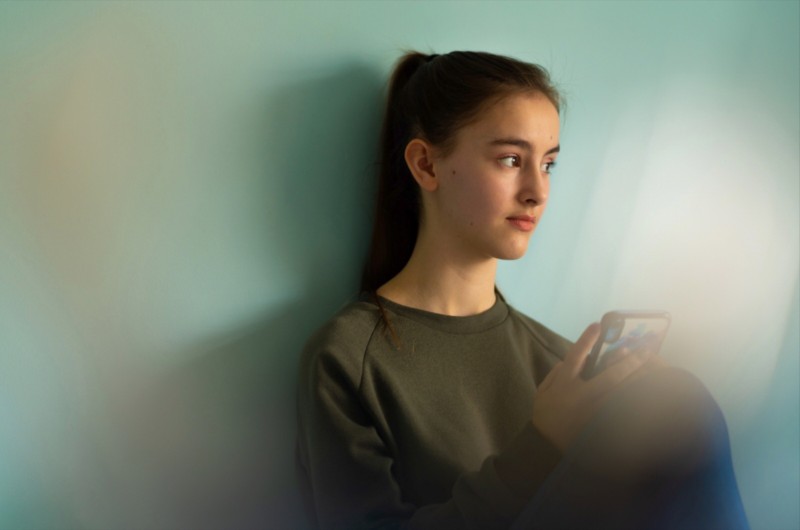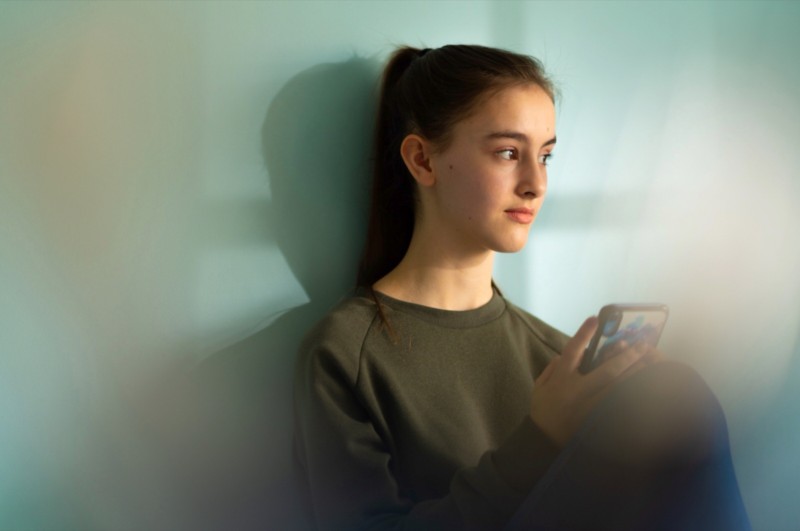Creative Lighting Using an Optical Snoot
![]()
I am always looking for new and easy ways to light part of an object or create interesting light in an image, and I think I have found the perfect tool for just that and so much more! Pixapro’s Optical Snoot has opened up a more efficient way to be able to do this.
Its an optical snoot that accepts EF mount lenses, and by simply inserting a gobo (there are sets A, B, C, and D) between the mounted lens and the light, it projects the pattern of the gobo onto any surface you choose.
![]()
![]()
![]()
I don’t think I have been this excited about a lighting product for a good while now. I mean, no longer do I need to use card cutouts to create these patterns — saving time — which also resulted in jagged edges! And it’s not just the ability to project a pattern on a background — I have never found it easier to light part of an object, say a label on a bottle or an area you want highlighted, than by simply adding a zoom lens. This snoot allows me to really zoom in on the area I want to highlight! So easy and efficient.
![]()
![]()
Using the zoom lens made it easy to add a spot of light around the logo on this test shot. And by swapping out the gobo, it allowed me to add the strip of light behind the bottle on a piece of card used as the background. It’s a very quick process, and what’s even more impressive is the fact that you can also defocus the light using the focus ring on the mounted lens, resulting in very hard sharp lines like in these images below:
![]()
![]()
…or you can choose to soften the edge of the light to your taste.
![]()
![]()
The wider the lens, the bigger the projection. You can easily fake window light.
![]()
![]()
Add a little extra to the image by using the window gobo and making the most of the ambient light.


Add gels for even more creative options and the possibilities. What draws me to versatile tools like this is that they’re portable and can be used with studio strobes, portable strobes, speedlites, and video lights.
Here’s a video in which I use this snoot on the Pixapro 100D Mark II:
About the author: Barry Mountford is a photographer based in Gateshead, England. The opinions expressed in this article are solely those of the author. You can find more of Mountford’s work on his website, Facebook, Twitter, and Instagram. This article was also published here.